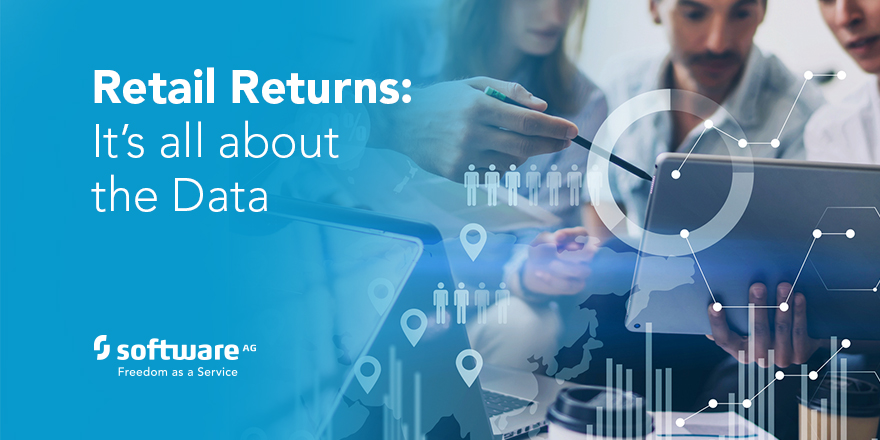Returns is all About Data – is There Enough?
Returns is all about the data. We just need more of it.

It’s amazing how seemingly crazy ideas come to you when you least expect it – as happened to me a few weeks ago while reacting to a Tweet from retail analyst Andrew Busby.
Andrew had commented on the news that ASOS, one of the largest UK online fashion retailers, had changed its returns policy. It was effectively reserving the right to look at the returns history of consumers with a view that – for serial returners – the retailer might take some form of action.
The premise makes absolute sense to me – returns is a massive issue for retailers, in the fashion world in particular. If your return rates are 30% then this is 30% of your inventory that you cannot sell – until it has been processed and put back into inventory. The cost of this is huge – though it may not be fully understood just how huge. Gartner has estimated that returns mean retailers are forfeiting 10% of sales revenues.
We have seen a lot of work going on in this area – for example Amazon Wardrobe offering larger discounts and credits when you don’t return items. And then there was the rather interesting Boden returns policy that I noted back in 2017 that read: “If you are a pathological chancer and simply can’t help yourself, we recommend trying it on with our competitors instead.”
That prompts the question: What is there to stop a serial returner from shopping elsewhere? This is where my idea came from – what if you could collate data from shopping history across multiple retailers?
Retailers are unlikely to want to share this data with each other for all sorts of competitive reasons – but what about an intermediary? It could be one using a method similar to a credit rating agency – such as Experian or Equifax does when assessing you and I for credit. These companies don’t have any data of their own – they collect it from creditors and other organizations in order to generate a credit score to determine if you or I are worthy of being loaned funds. Then they sell that score back to creditors.
GDPR and other regulations notwithstanding, I really cannot believe someone has not already tried this. You can publish APIs that allow easy collection of purchase history data from retailers and then using predictive analytics in order to generate a “returner rating.” Self-service analytics tools now make this much of this kind of analysis possible without the need of a data scientist. This model would be derived from all of a customers’ purchases and then evaluate how they behave with returns. The model would thus predict how likely a customer is to return an item when he or she purchases.
This predictive model could be sold to retailers in a similar way that a credit score is sold to banks. Retailers would then use it as they deem appropriate – low return customers might get free returns, higher return customers may well have to pay postage for the return – effectively creating a disincentive to buy then return.
Applying this in real-time during the purchase process – leveraging real-time streaming analytics to evaluate the predictive model along with other information about the customer and what they have done while browsing – could allow specific incentives to be applied at that point. For example, a discount that might be later applied if items are not returned.
Purchase history from one retailer alone is simply not rich enough to produce a model like this. This is yet another example of how retailers need to work together within an intricate ecosystem to flourish – even if it is with the help of a third party. It’s all in the data – but the data needs to be opened up and silos removed.
Returns is all about the data. We just need more of it.